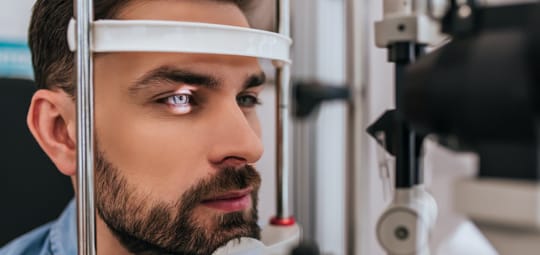Early Diagnosis is Key
An essential step in eye disease prevention is having annual eye exams. During an exam, we’ll not only determine your prescription but also check for signs of eye disease. Many eye diseases show little or no symptoms until vision loss is already occurring, so regular visits to our eye doctors are very important.
As we age, our likelihood of developing eye problems such as cataracts, glaucoma, and macular degeneration increases. Be proactive about managing these eye conditions and book an appointment at LaFerla Family Eye Care today.












